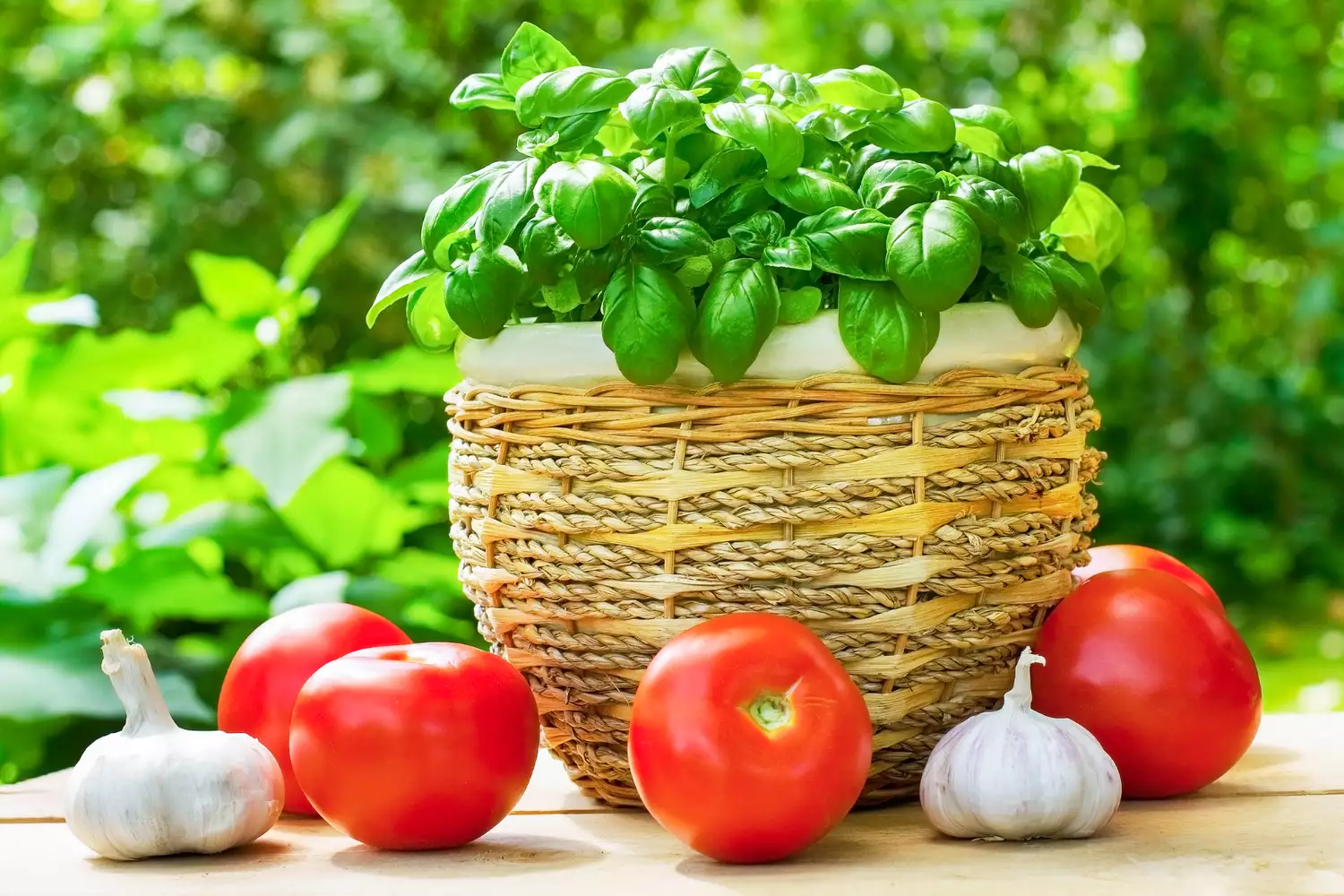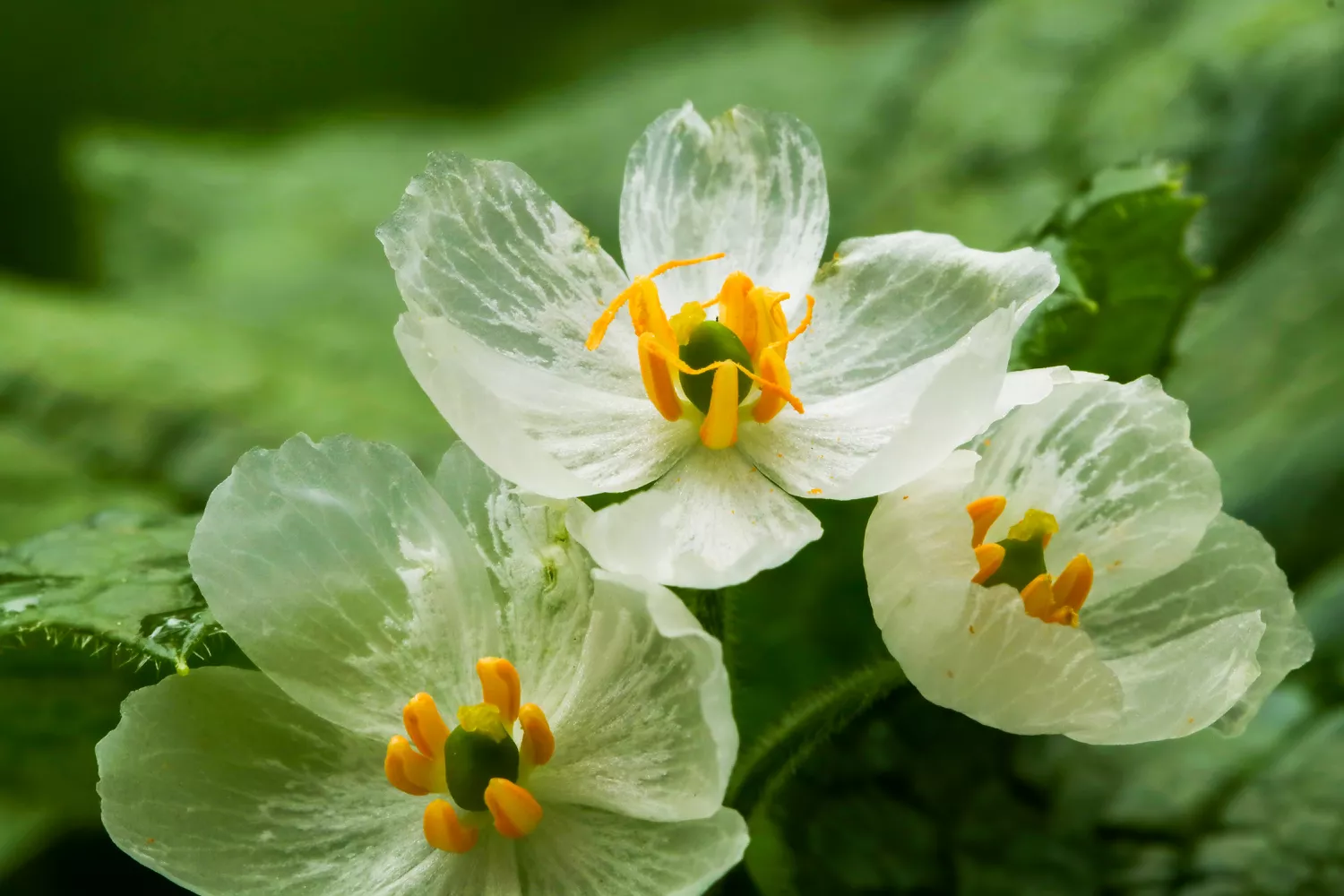
Couple of meals are better than a fresh, hot pizza– particularly one that’s homemade. But if you wish to take it to the next level, consider growing a pizza garden. This enjoyable method to gardening is developed to grow the fresh vegetables and herbs necessary to making a scrumptious pizza, from the tomato sauce down to the garnishes. You can customize it anyway you like– whether you section it like a genuine pie with slices or create a container pizza garden on your veranda or outdoor patio.
Pick a Location for Your Pizza Garden
Pick an area that offers sufficient sunlight and soil drainage. “In basic, the plants in pizza gardens need lots of sunshine, at least six to 8 hours of direct sunshine daily,” states Carrie Spoonemore, co-creator of Park Seed’s From Seed to Spoon app. “The soil should be well-draining and abundant in nutrients.”
If beginning indoors, select a sunny area like a windowsill. Consider how much space you have– a pizza garden doesn’t have to be huge if planted in containers or raised beds.
How to Make and Plant a Pizza Garden
Pizza gardens can be grown in the ground or in containers. If you’re growing it in your garden, you’ll need to prepare a bed prior to planting.
Step 1: Clear the Area
As soon as you’ve picked a planting website, start by eliminating any weeds, rocks, or debris from the place. You can get rid of weeds through pulling or cultivating, however note that the latter brings more weed seeds to the surface, states Melinda Myers, gardening professional and host of the Great Courses How to Grow Anything DVD series.
Step 2: Prepare the Soil
Carefully till the soil by breaking up any clumps, getting rid of rocks and debris, and loosening up the soil. “This allows the roots to permeate quickly and promotes much better plant growth,” says Spoonemore.
Action 3: Add Organic Matter
Changing your soil with organic matter will offer plants with necessary nutrients and improve soil fertility. “Those with quick draining, sandy soil or heavy soils might choose to work a number of inches of compost or other organic matter into the leading 8 inches of the soil,” states Myers. “The garden compost enhances drainage in clay soil and increases water retention in sandy soil.”
Step 4: Level the Surface
Make certain the surface area of the bed is level and even. “This will aid with water circulation and make it easier to plant and take care of the garden,” states Spoonemore.
Step 5: Plan Your Layout
As soon as your bed is prepared, pick the placement of each plant based upon the area requirements and growth practices. “Leave enough space between plants to accommodate their fully grown sizes and promote appropriate air circulation,” states Spoonemore.
Action 6: Add Your Plants
“Follow the directions on the seed packets for appropriate planting depth,” says Spoonemore. If planting from a container, dig adequate sized holes for your plants, eliminate the plants from their containers, put them in their designated area, and backfill with soil.




